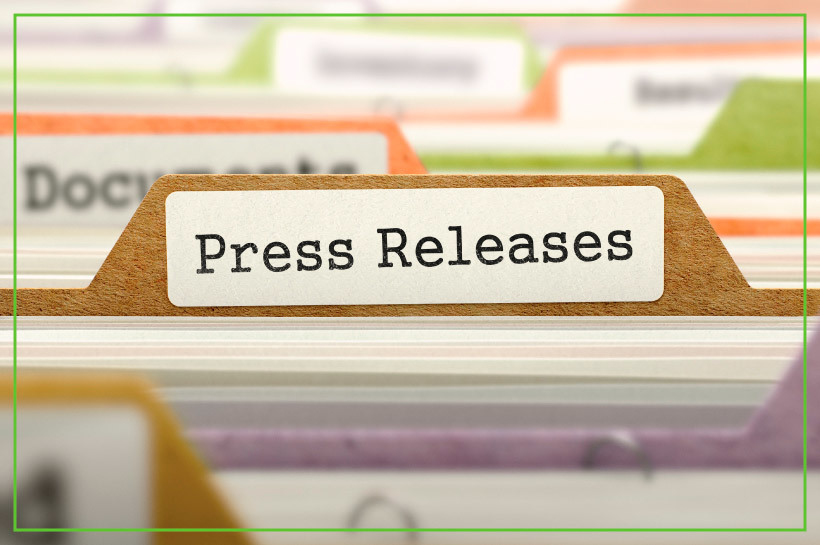How a Virtual Book Tour Can Expand Your Audience
Wondering how to safely promote your book? Simple! Do a virtual book tour. Check out this article where Jackie Lapin shows you how to launch yours
If you are an author or leader with a mission or message, then the pandemic may have actually handed you an unexpectedly positive gift!
While the number of podcasts has been growing exponentially all on its own (now reaching more than 1 million), the number of listeners for podcasts AND radio shows during this shelter-at-home period has skyrocketed.
Even when people begin returning to work, many will still maintain their new “podcast habits” because of their allegiance to new hosts and the vital information they offer. A whole new world has opened up for the listener.
Now, couple that with a figure I just saw that book sales are up 777% since the shut-in began!
While this is a misfortune for so many, for the book marketer it is a perfect storm. And you can stay home and be safe, while still reaching millions of ears.
Virtual Book Tours are supplanting the old notion of a physical in-person book tour…and with the fact that fewer and fewer people are actually buying in brick-and-mortar bookstores, a radio/podcast tour is an ideal opportunity to reach people not only across state lines, but internationally as well.
A Virtual Book Tour is best launched once your book is available for readers to purchase online, and podcast and radio hosts can be sent a physical copy of the book. Believe it or not, in this era of everything digital, show hosts want a real, old fashioned book to read. They don’t want to read it online or on a digital device.
This isn’t a good strategy for pre-orders, as hosts can get annoyed if their listeners are stuck waiting a month or two to get the book they ordered during or after the show.
But that doesn’t mean you should wait till the last minute to execute. You need to be planning well in advance, selecting the dates you want to be on the air, and then reverse engineer. Figure that if you want the hosts to read the book before interviewing you, you must allow one week for the book to arrive in the mail (preferably using the lower cost “media mail”) and then allow the host two weeks to read the book. So start soliciting the hosts at least a month or so before you want to be doing the interviews.
Now many hosts will be booking for months ahead, as they have already filled up the interviews closer in time. Assume that your interviews can be scattered out as far as five months in advance—which actually gives you plenty of time to work them into your schedule without being overwhelmed. Unlike the “old days,” when everything was crammed into the first 90 days because bookstores would start returning books to the publisher if they didn’t see sales movement, today a book campaign is a marathon, not a sprint. And the radio/podcast shows welcome self-published authors, not just the traditionally published. Only national TV shows and the biggest NPR shows will snub self-published authors today.
To get booked on your Virtual Book Tour you should have three things ready to go:
- A compelling pitch letter that answers the host’s question of “Why you?”—What are you bringing to the table that is distinctive, helpful, newsworthy or unique?
- A comprehensive media kit with a release on the book, your extended bio, a short on-air introduction, the 20 questions you want to be asked (20 because most interviews are now one hour), your website and your social media links
- And, if your book is a gateway to other products and services, a free offer that you can also promote on the show that gets people to give you their email. This should have a simple and easy to remember URL. Buy a domain that is memorable to make this easy for folks to remember and for you to deliver.
So don’t lament that the virus crashed your original book tour plans. This is a great opportunity to build momentum without leaving your home. A Virtual Book Tour is a great way to launch a book, revitalize an older book, continue to sell your products using your book as the hook for the interview, or build your movement.
Click here to discover the 20 Factors That Will Tip the Scales in Your Favor to Get Booked on a Podcast
Jackie Lapin is a leader in helping entrepreneurs, authors, practitioners, speakers, leaders and messengers connect with their next followers around the globe. For the past 10 years, her internationally acclaimed Conscious Media Relations has been providing radio/podcast tours and speaking engagements to support leaders and authors. Conscious Media Relations offers authors to 9000 podcasts and radio shows, guaranteeing 30 interviews. Learn more at Conscious Media Relations and Speaker Tunity Cities

















